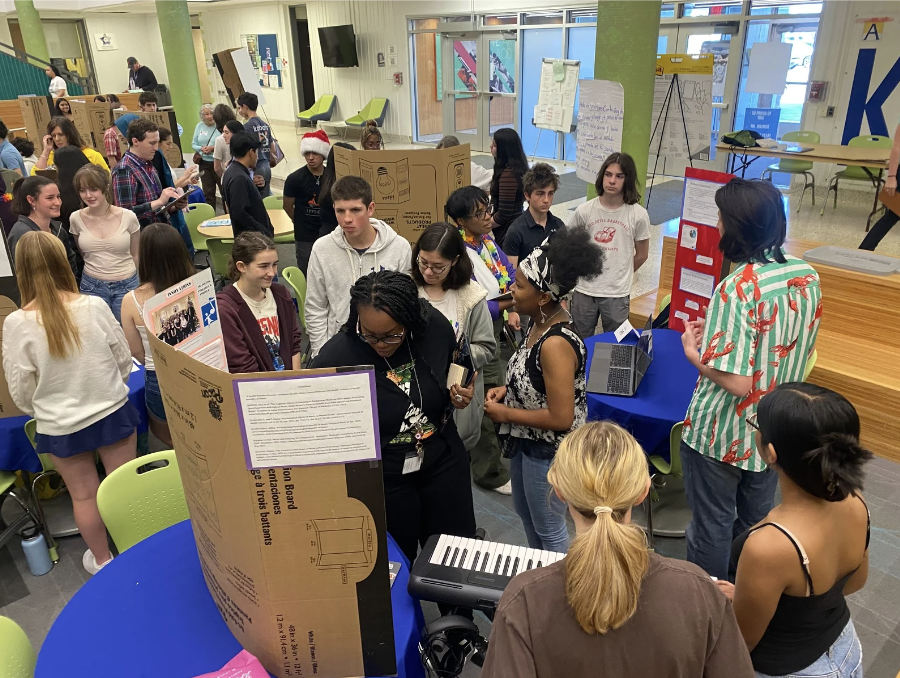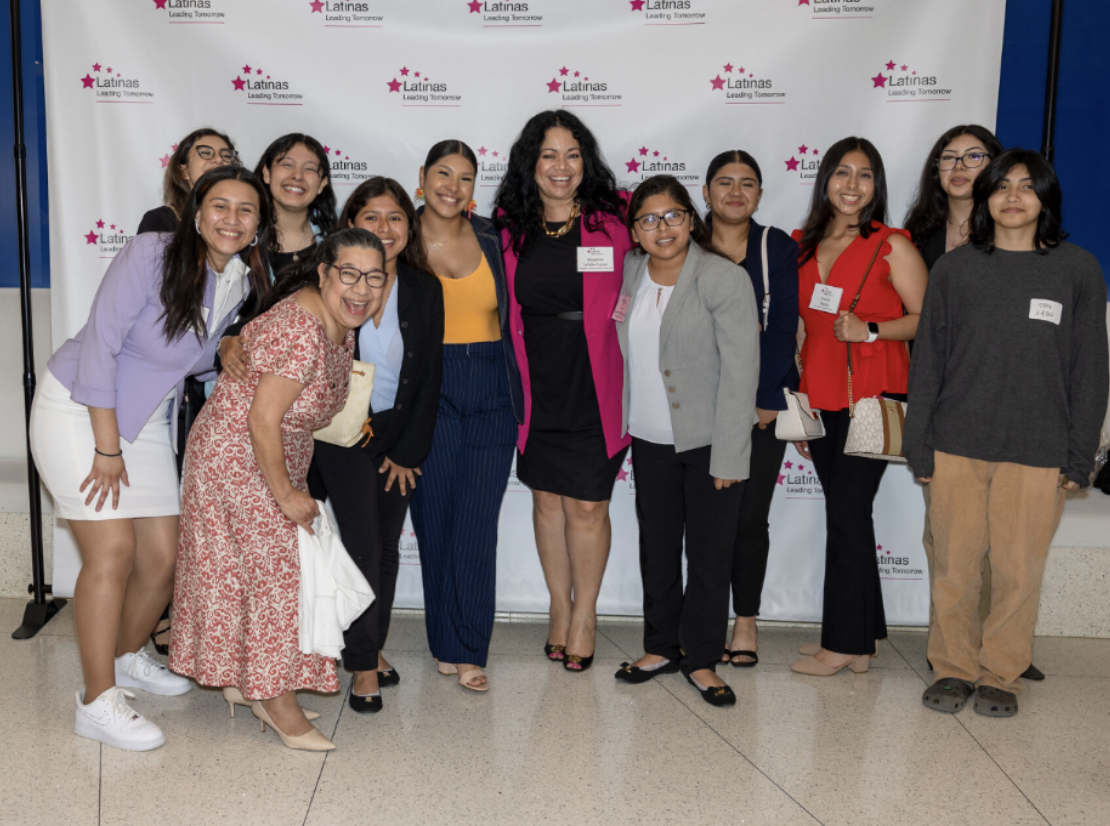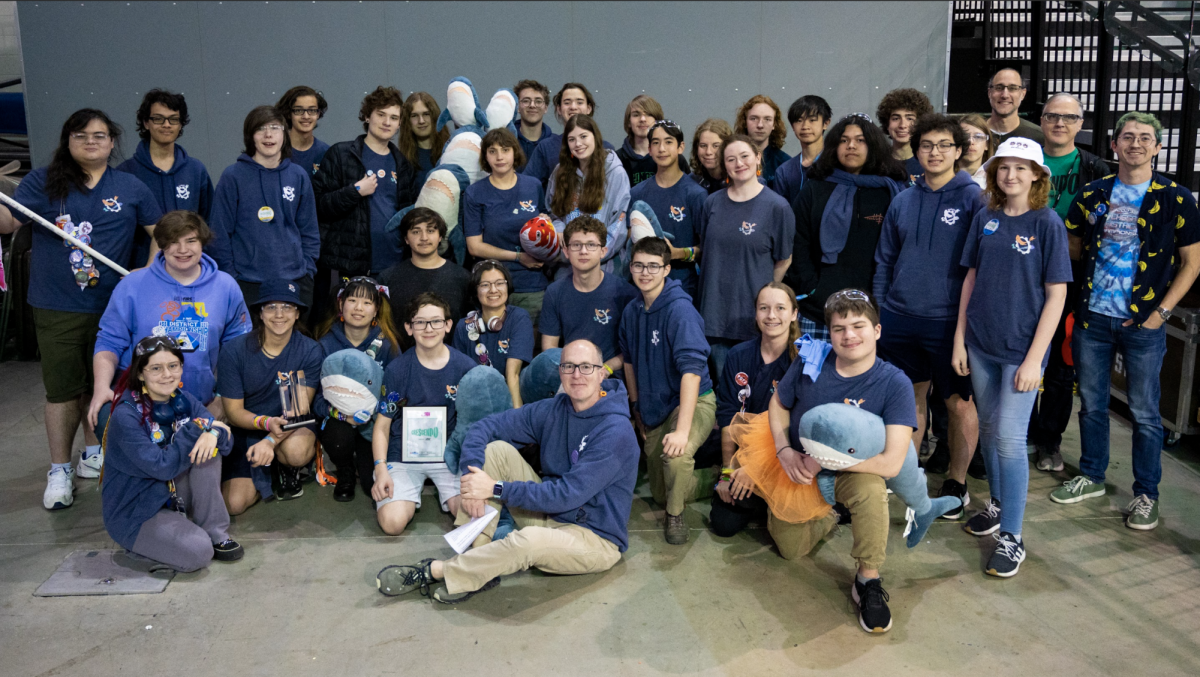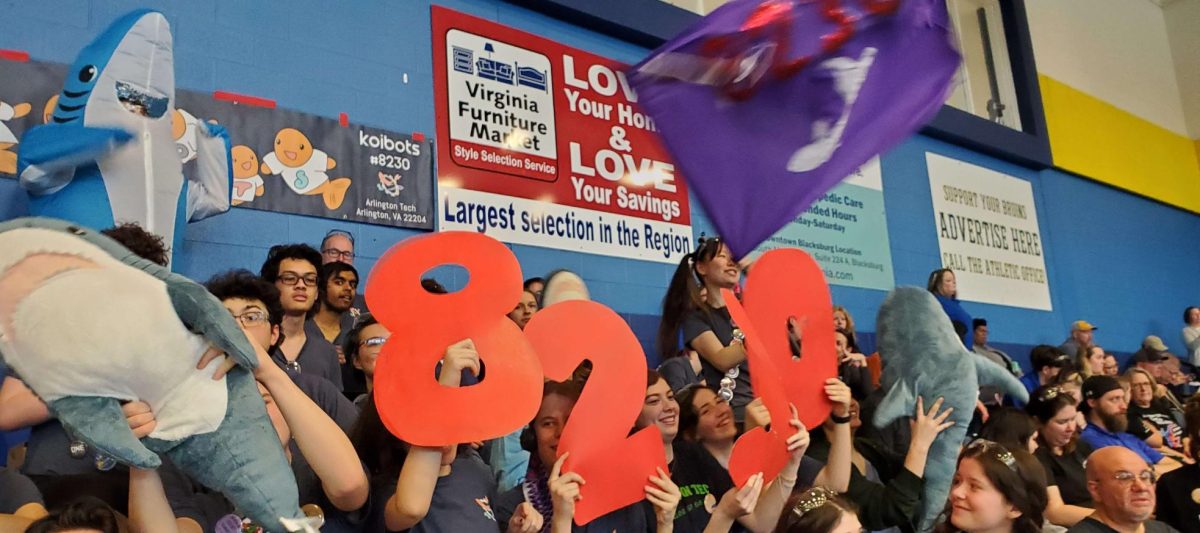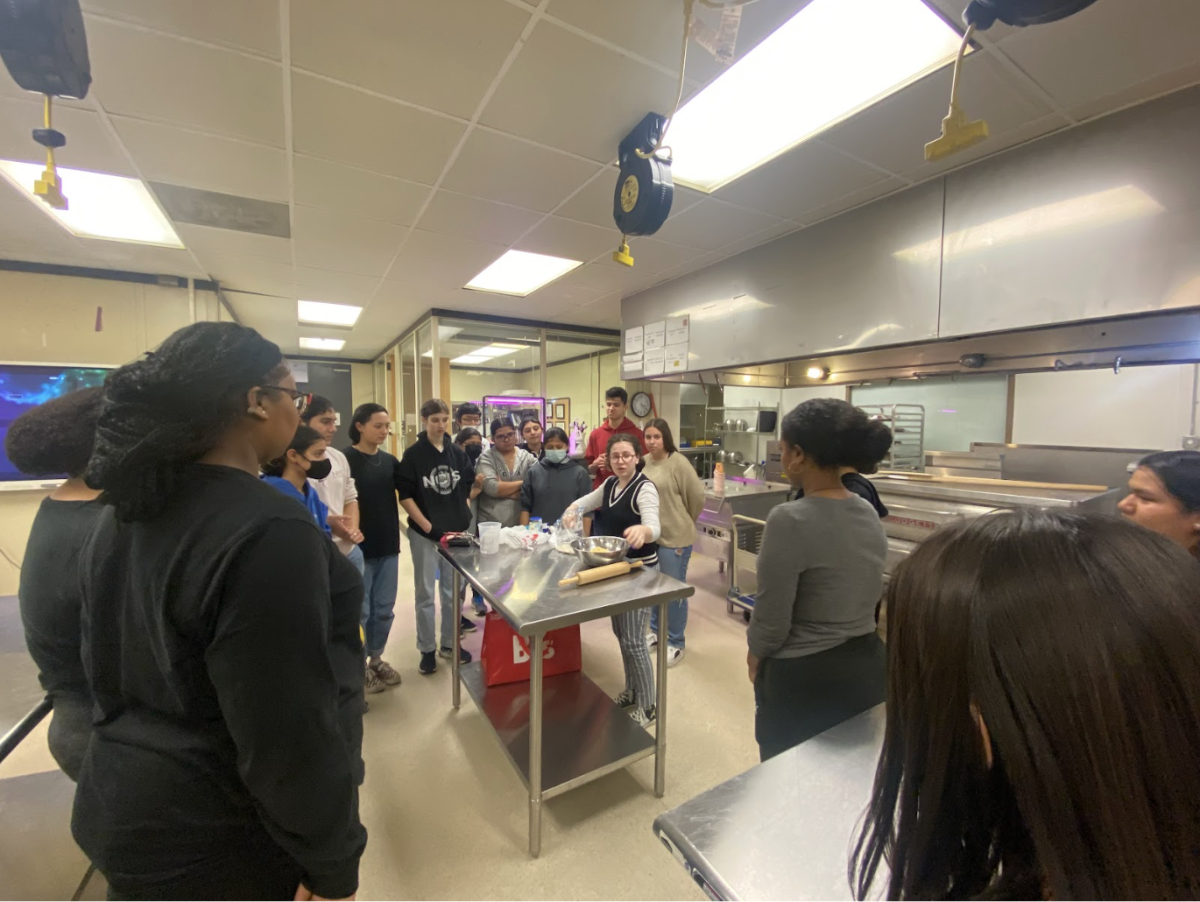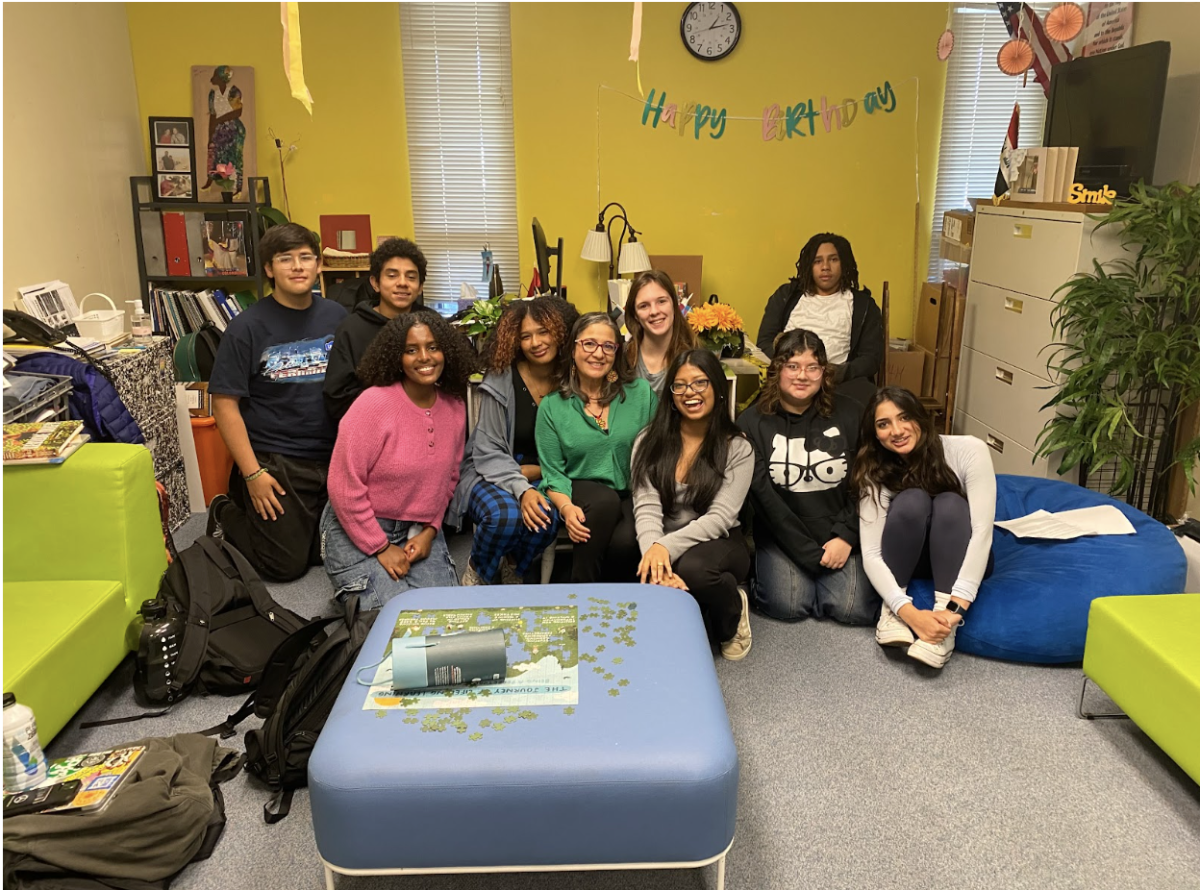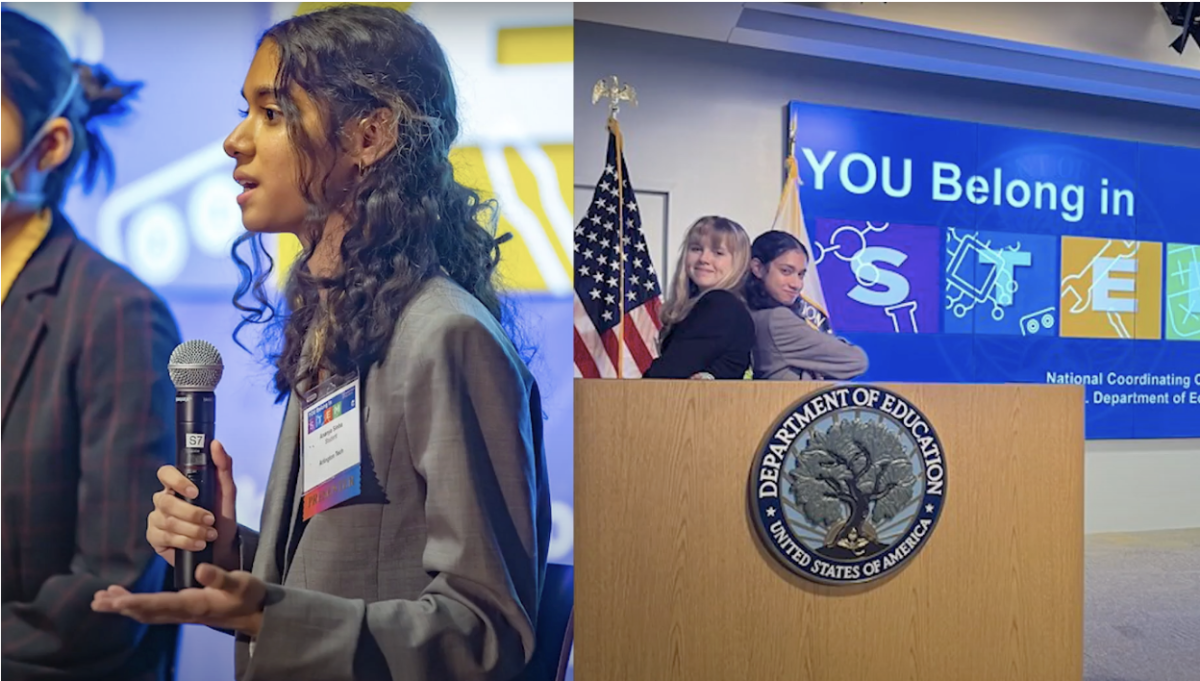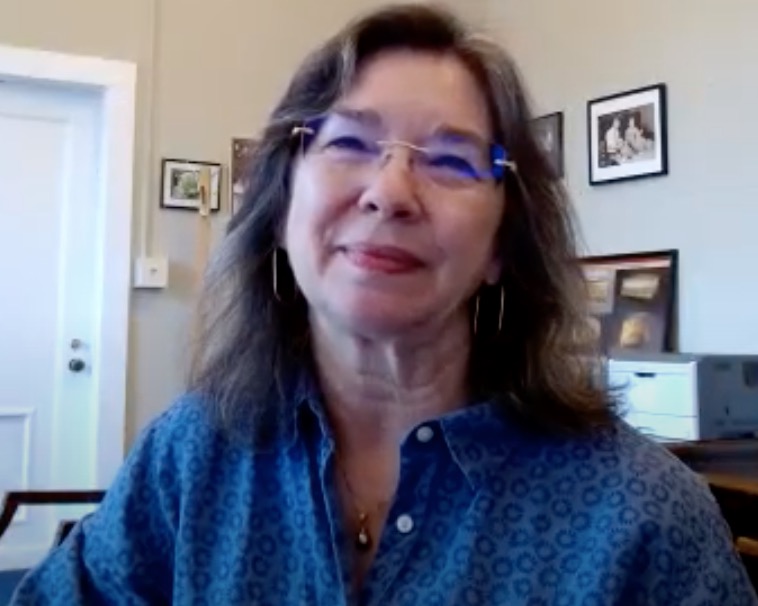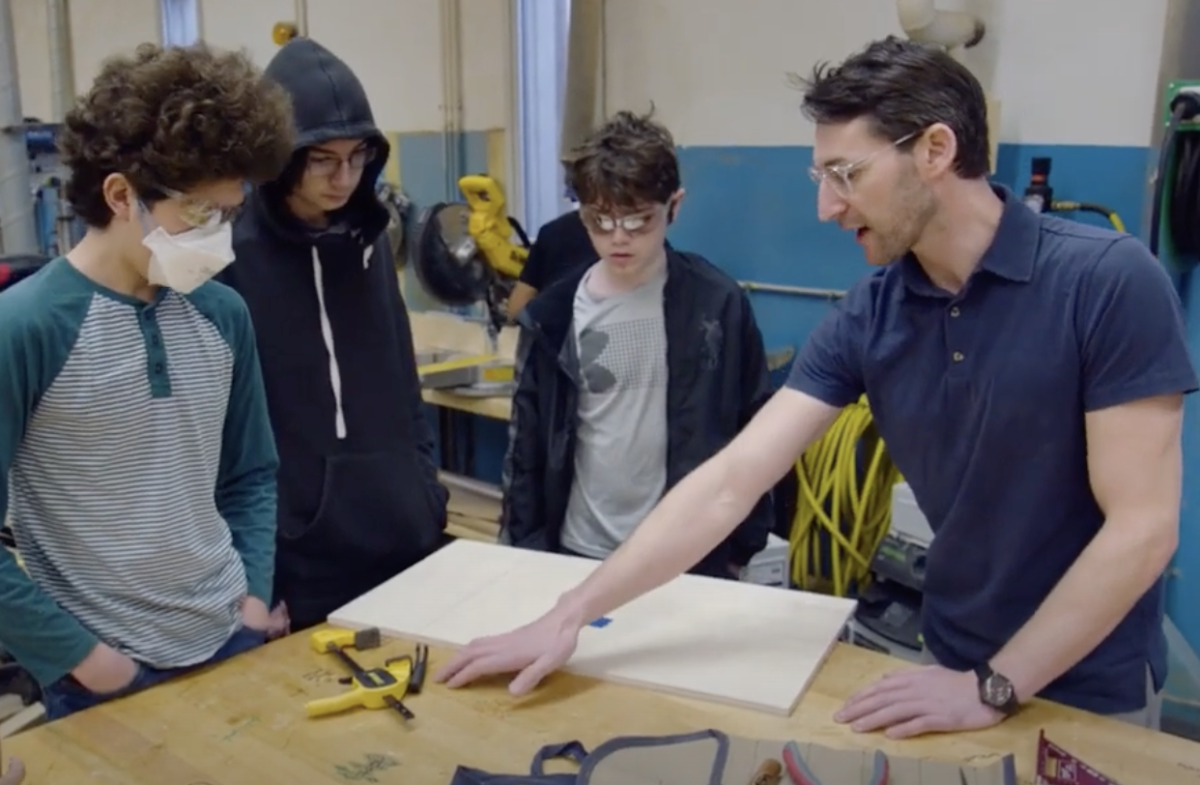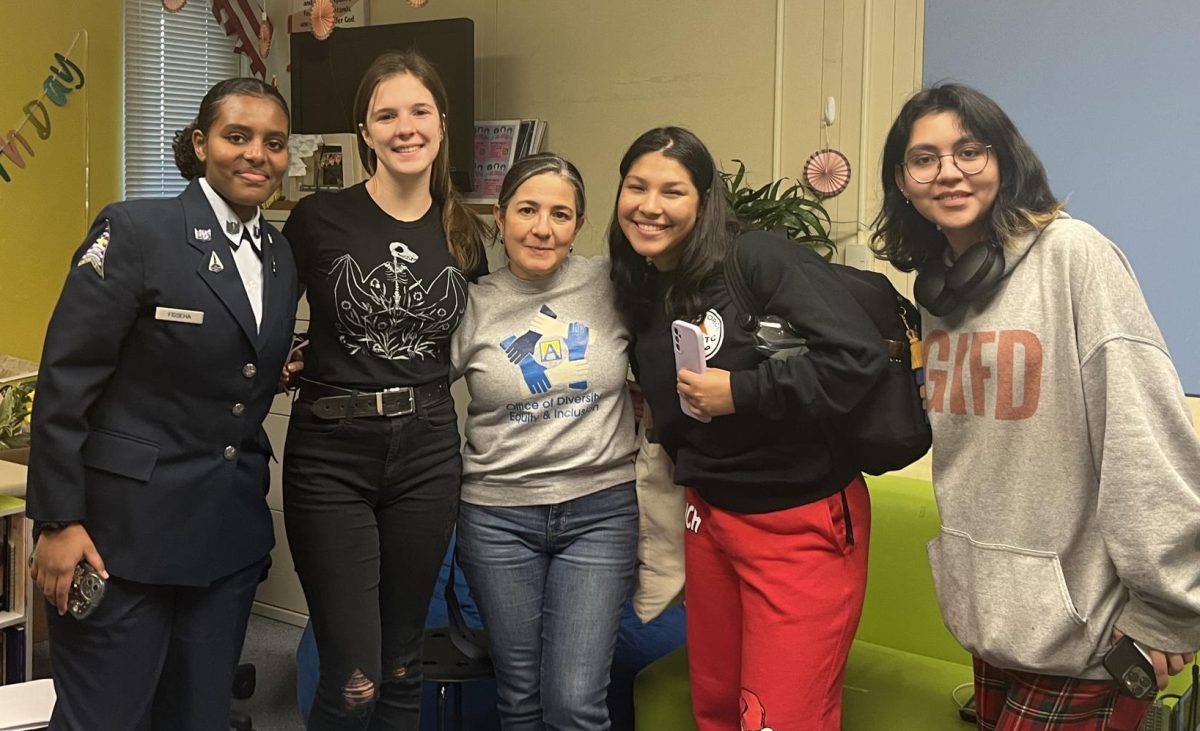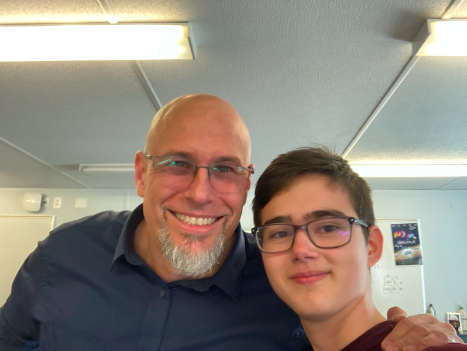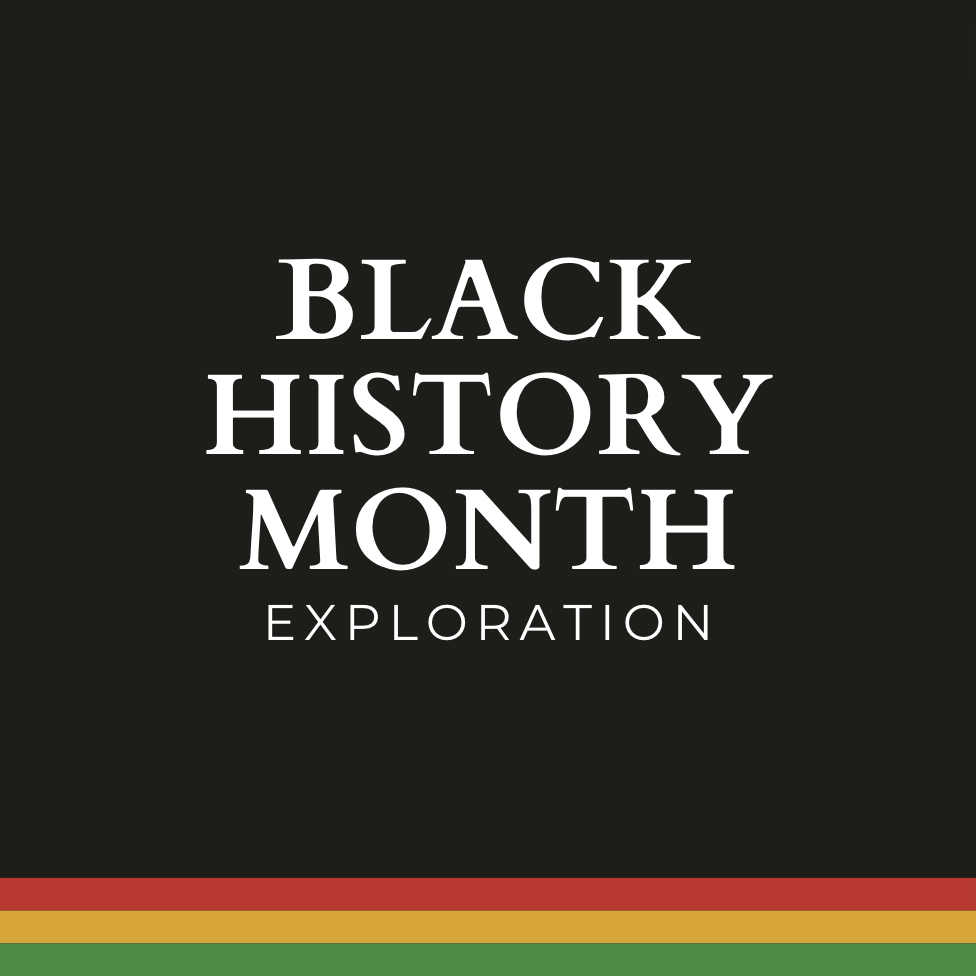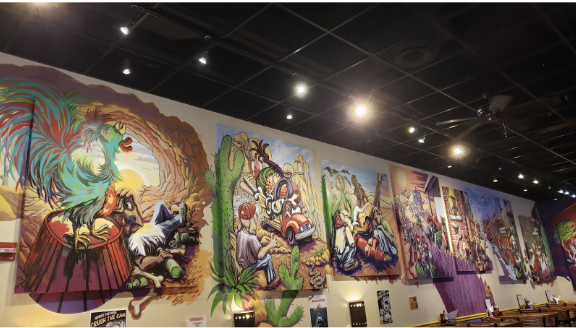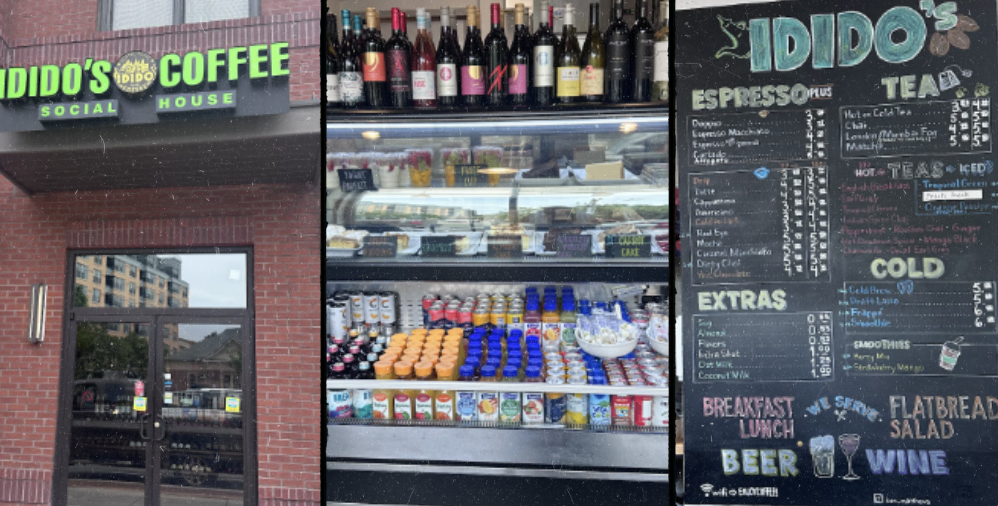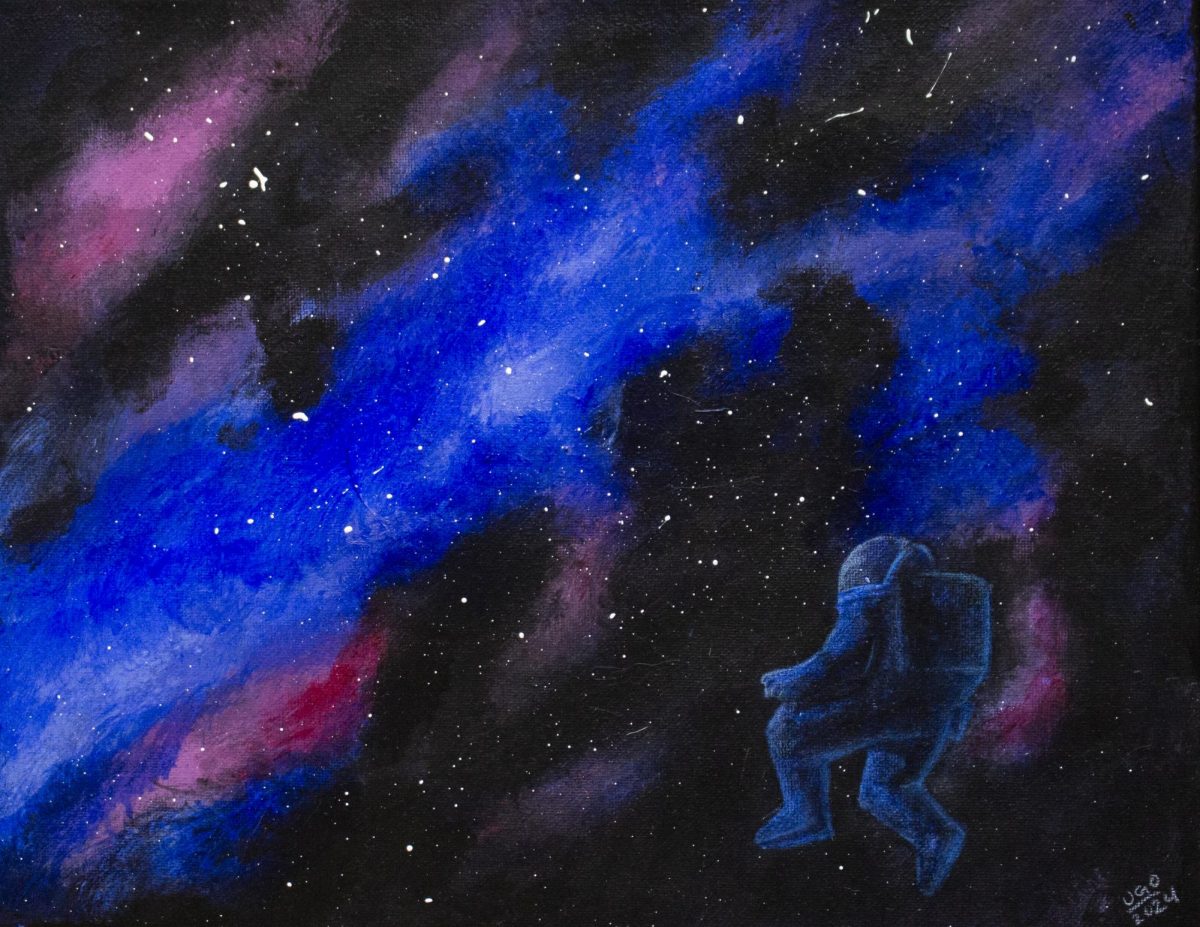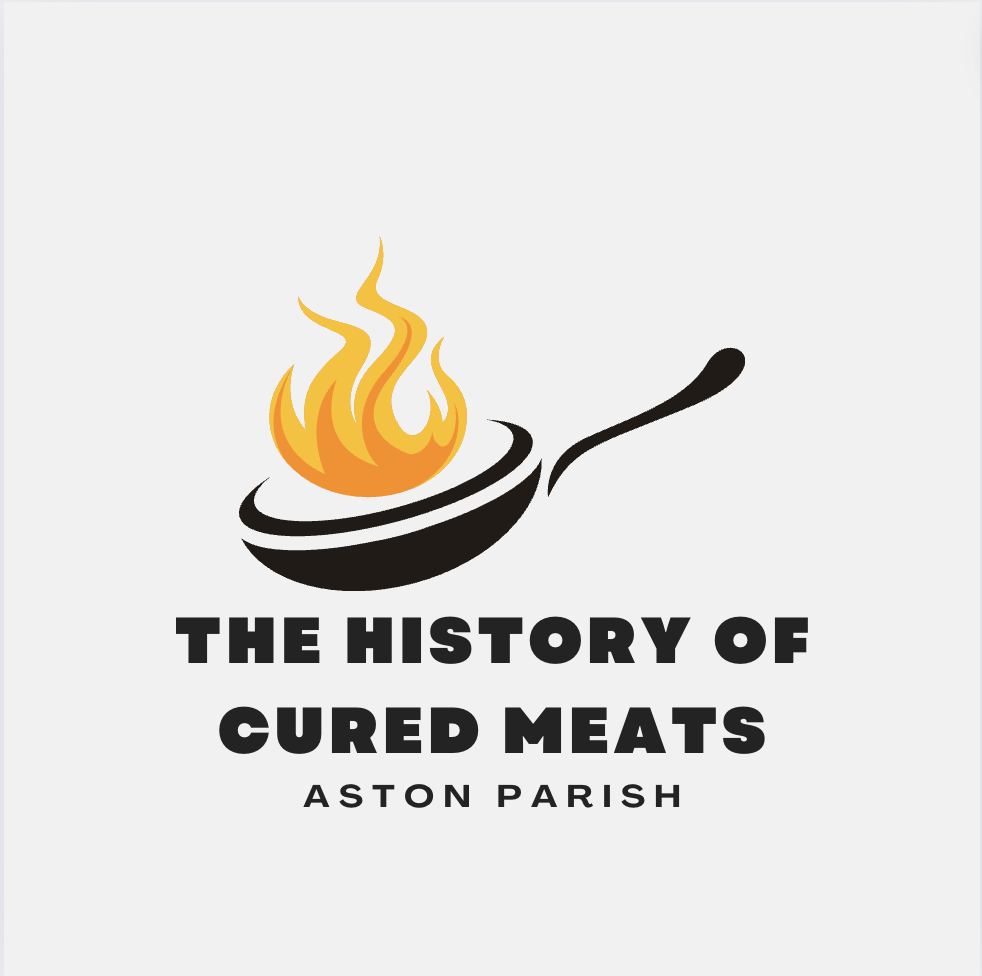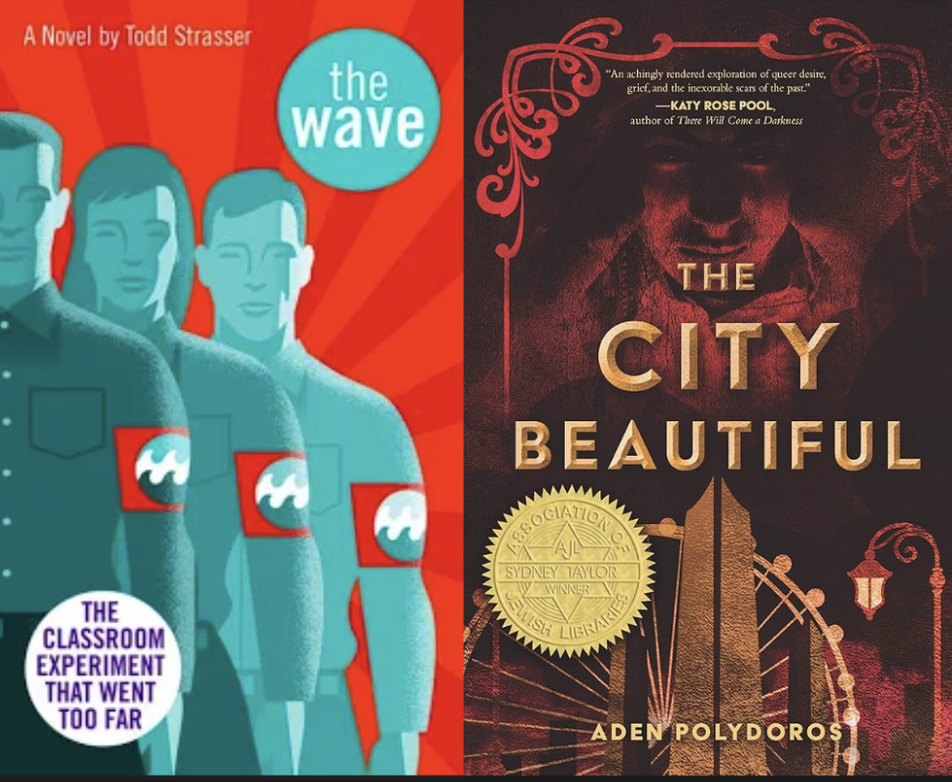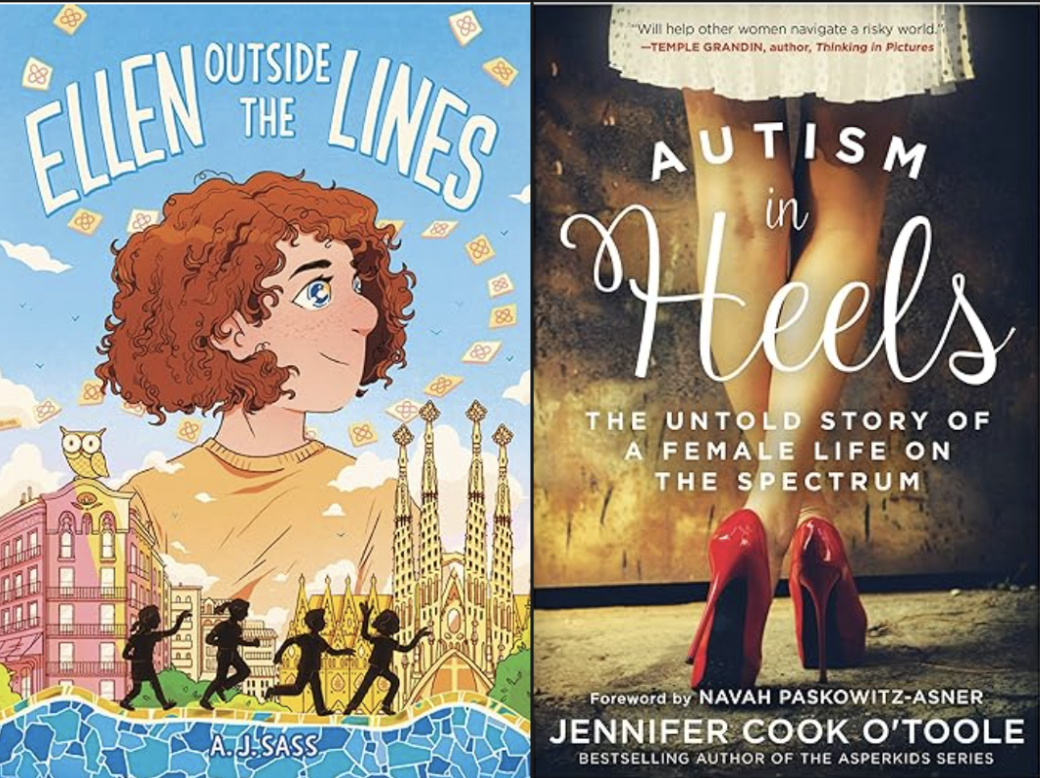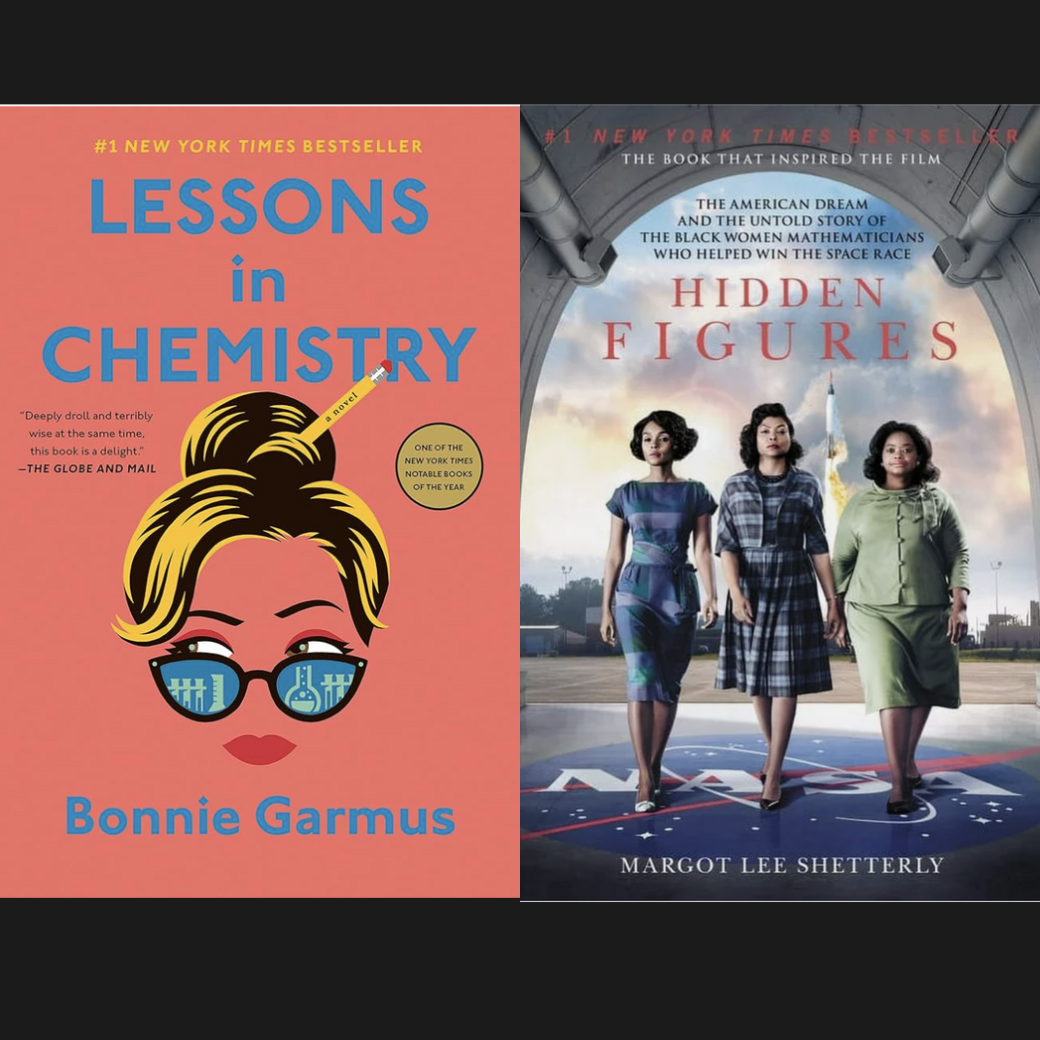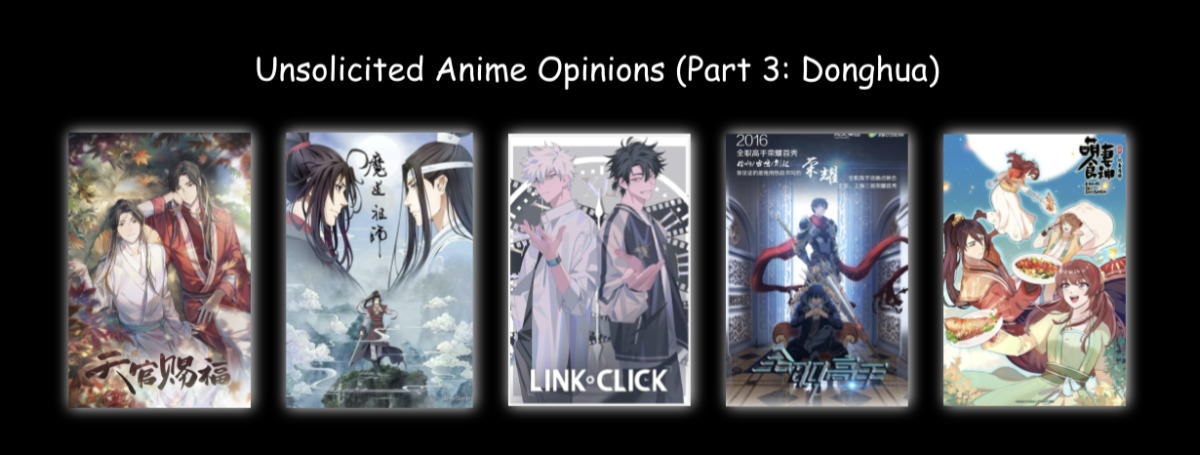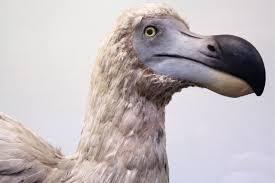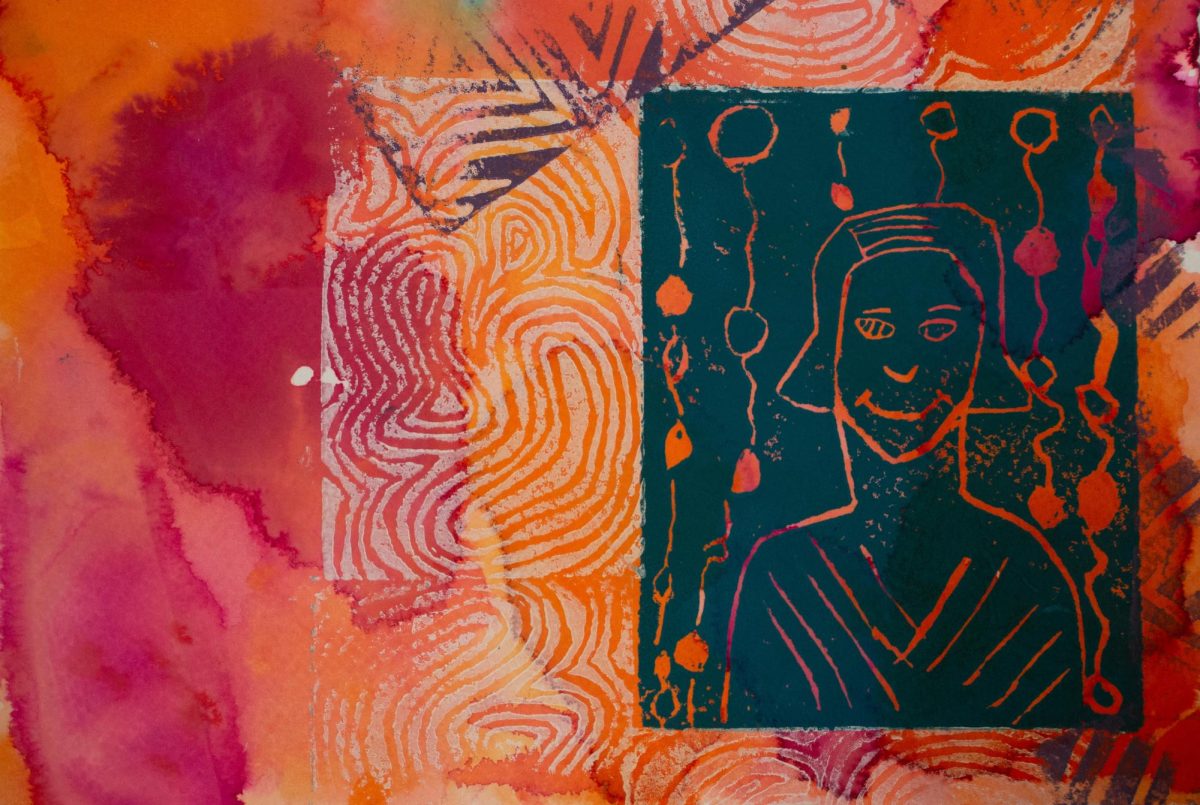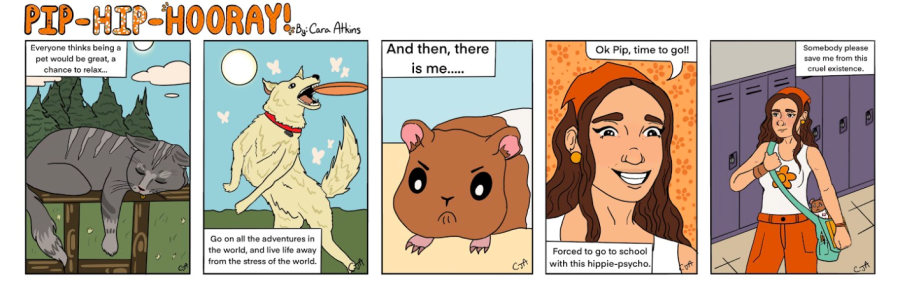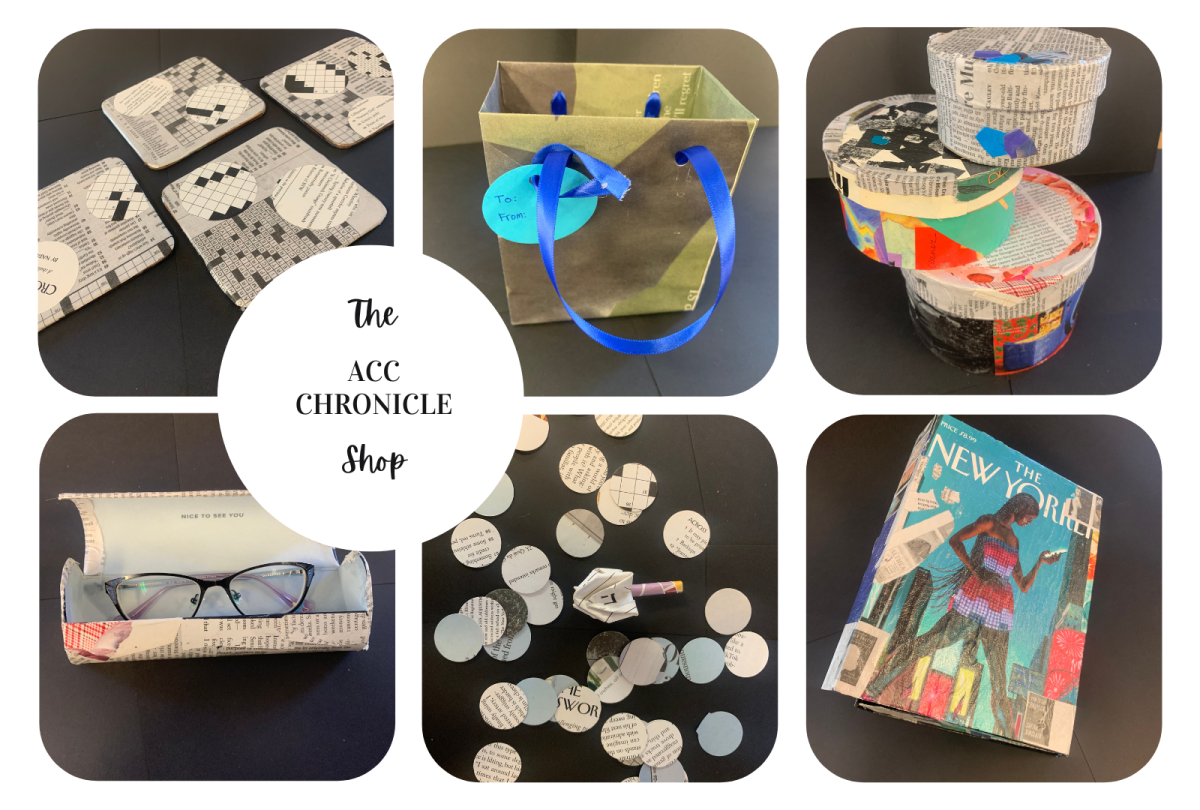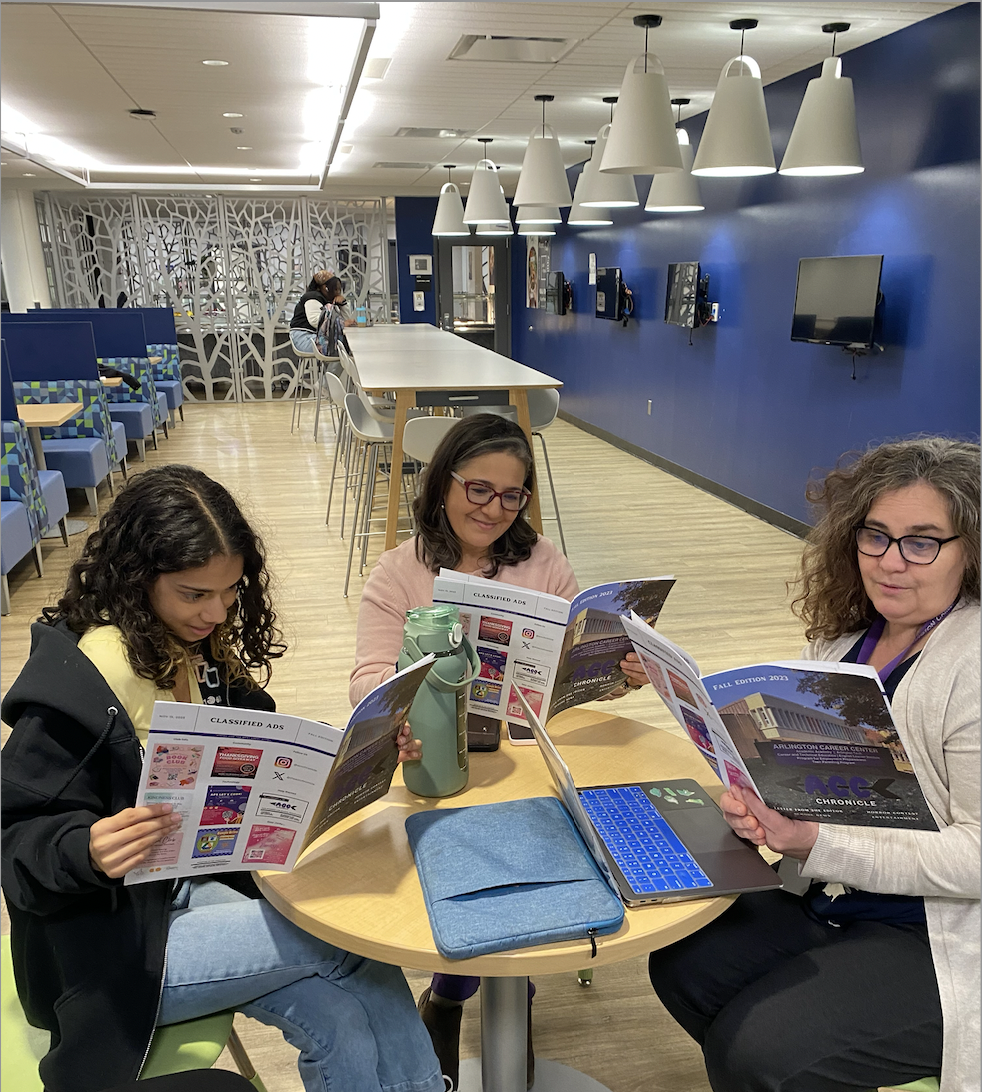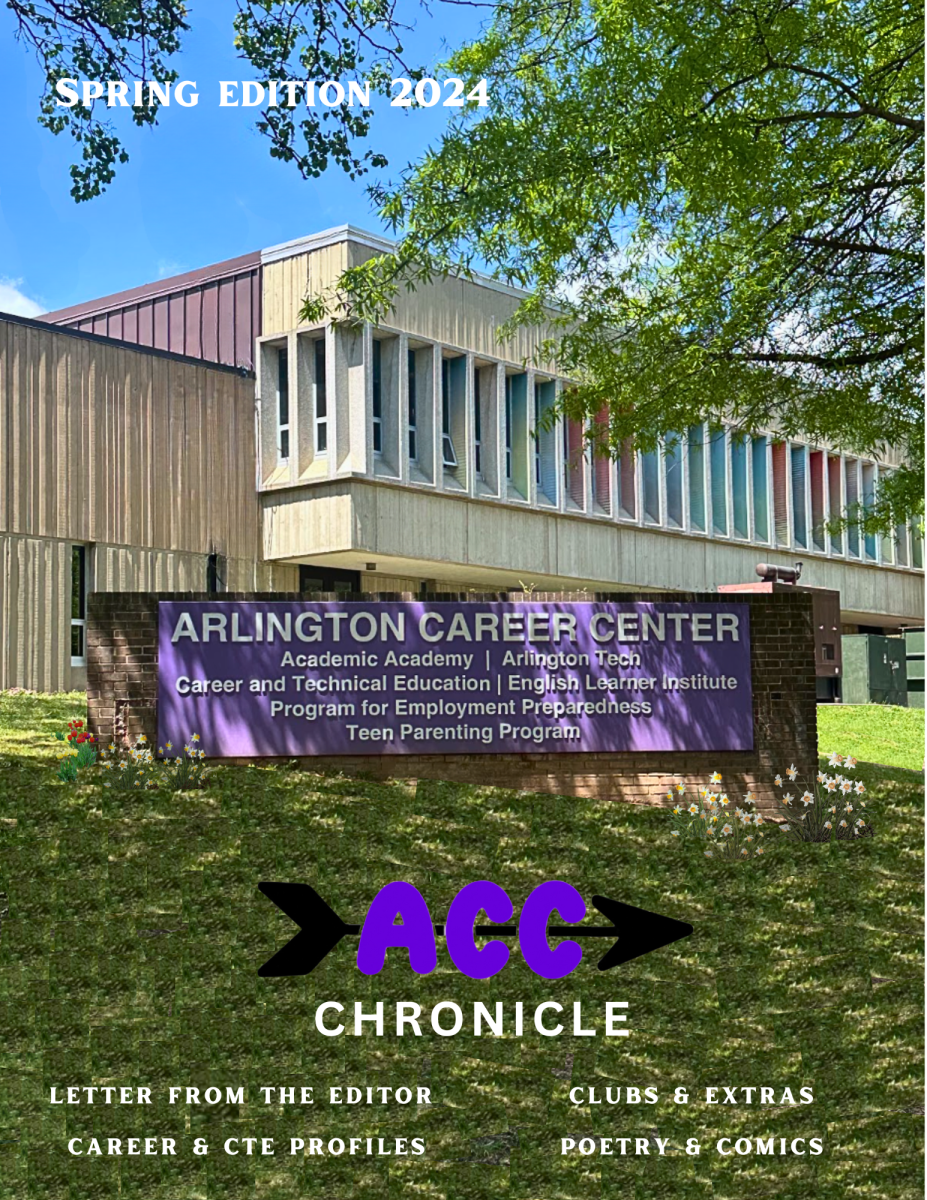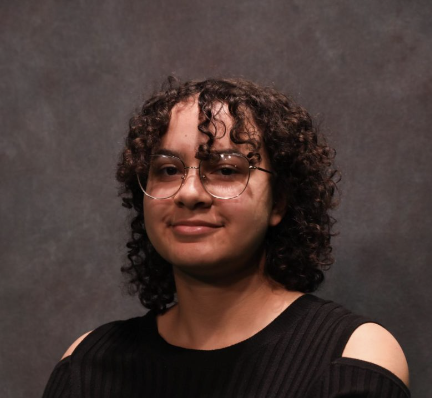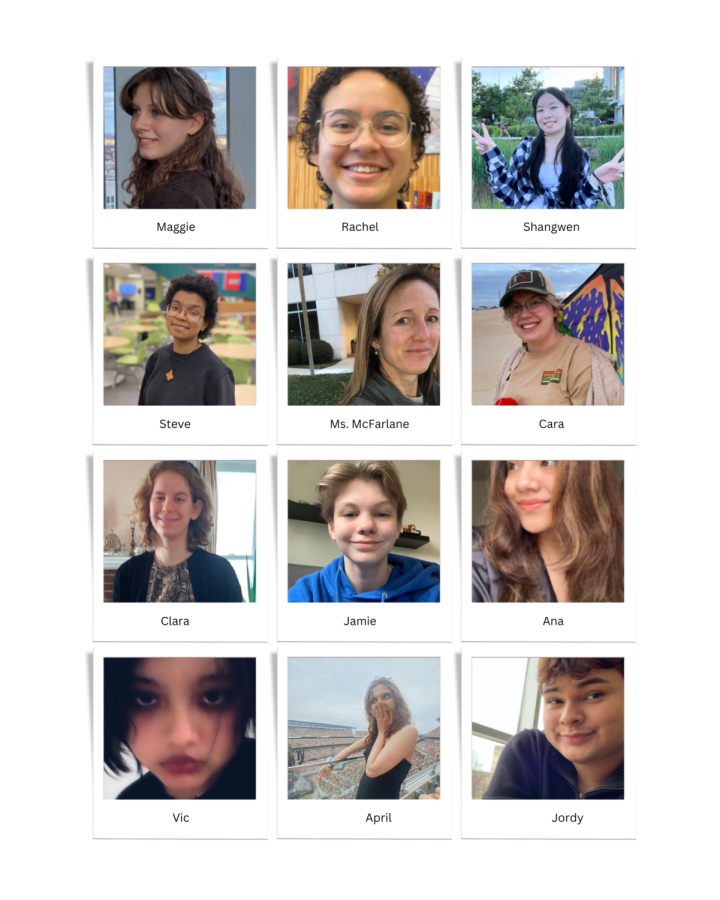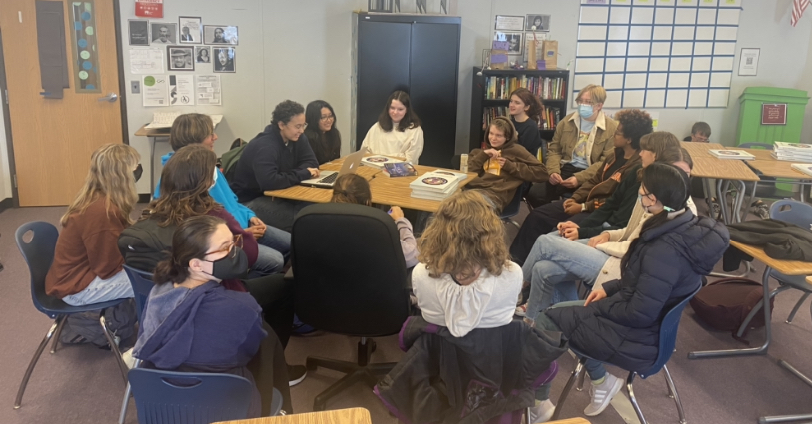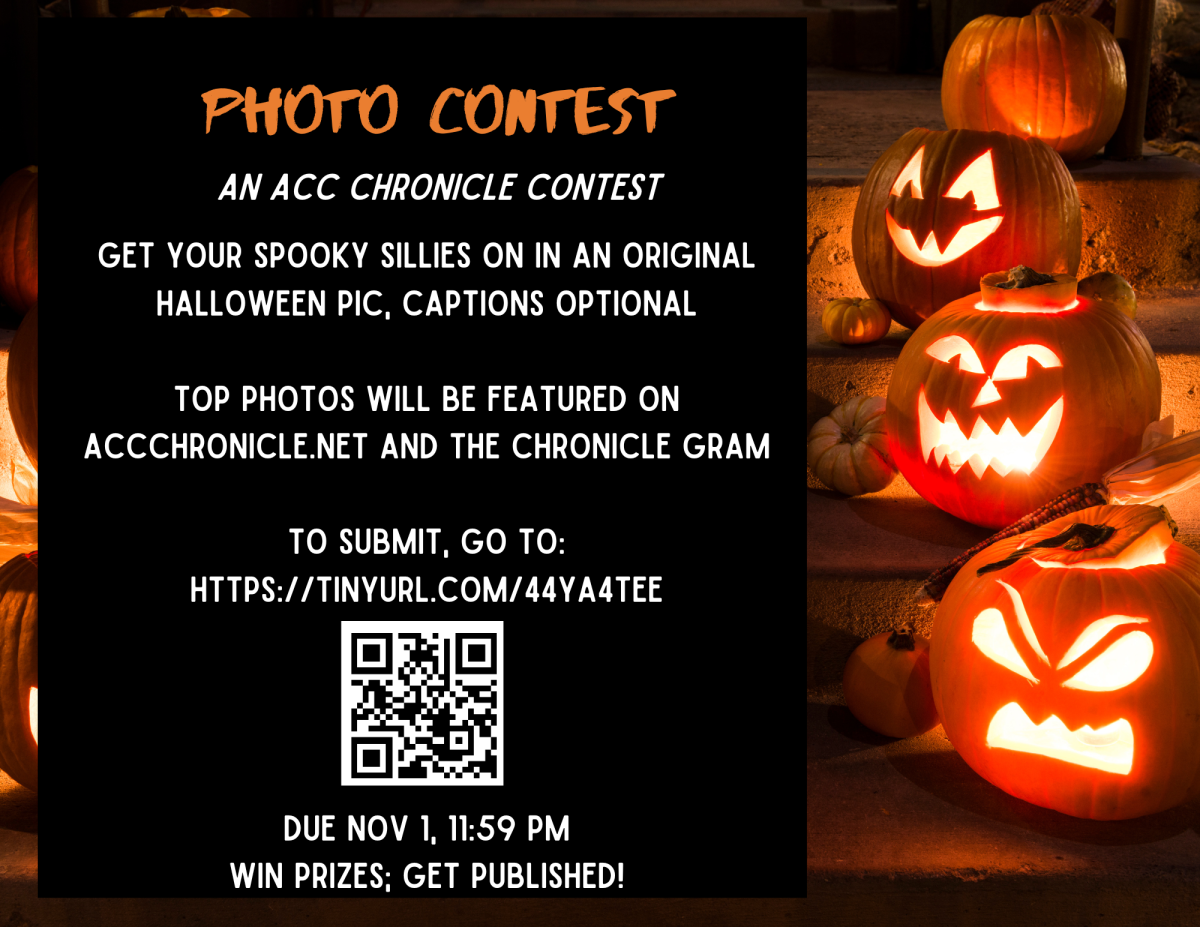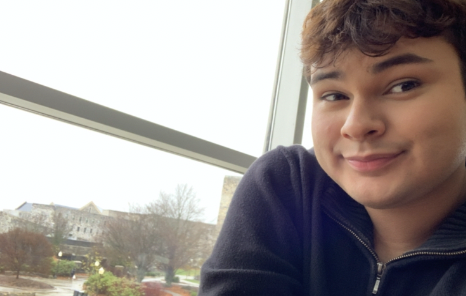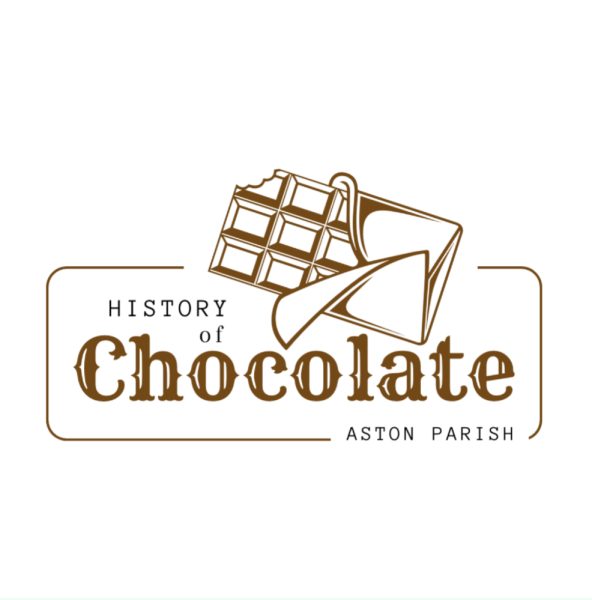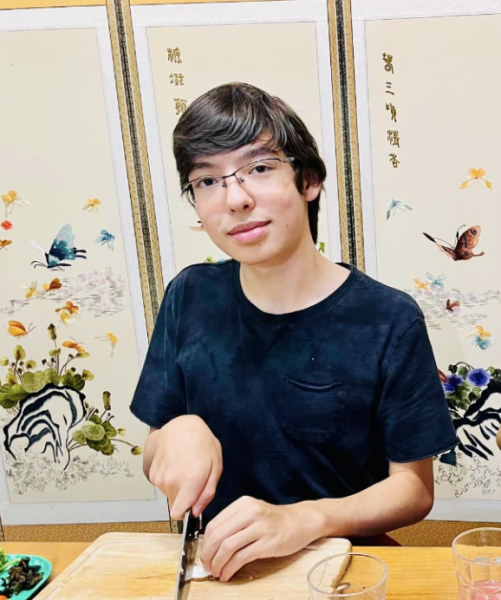Mesoamerica: The Origin of Chocolate
The oldest known evidence of cacao was found on 5000 year old pottery found in Ecuador, that belonged to the ancient Mayo-Chinchipe culture. This was confirmed by identifying traces of chocolate’s active chemical theobromine and distinct starchs on the pottery. In artifacts dating back to 1500 BCE, we find evidence of ancient Mesoamerican civilizations processing cacao by fermenting, grinding, and toasting it. At this point, groups like the Olmecs and Mayans would consume the beans as a drink or gruel. For now, such drinks would be the dominant form of chocolate, enhanced with additives like honey, chili, and corn. Starting around 300 CE, we see chocolate has secured its importance in Mayan culture. They used the precious commodity for anything from rituals, funerals, or medicine. Despite its importance, chocolate was still available to all social classes. After this rise in popularity, around 600 CE, the first human cacao cultivation began when harvested cacao was grown in lowland plantations. Additionally, trade spread the beans further across America. Much later, in 1400 CE, chocolate was embraced by Aztecs, who used the beans as currency. Due to the value placed upon them, chocolate is an extravagance reserved for higher social classes. Adding to its rarity, drier weather forced the Aztecs to import from the Mayans.
Chocolate’s Introduction to Europe
After Christopher Columbus’ first encounter with cacao in 1502 CE, the Spanish conquistador Hernán Cortés introduced Spain to chocolate in 1528 CE. He promoted the drinks’ health benefits for one’s energy and body. However, its initial reception among Europeans was poor due to its bitter taste. Eventually, Sir Hans Sloane visited Jamaica in 1689 CE, where he tasted a local preparation of cacao. Although convinced of the bean’s medicinal properties, he too found the drink unpalatable. Upon returning to England, he added milk and sugar then markted it as medicine. These additions made him one of the first people to produce sweetened chocolate. From then on throughout the 16th and 17th centuries, chocolate consumption, for both medicinal benefits and pleasure, continued to rise. Across Europe, chocolate houses began to apear in response to this demand. Despite this increase in popularity, chocolate still lagged behind with only half the year imports compared to coffee or tea.
Rise of Modern Chocolate
The first modern innovations for chocolate production came in 1828 CE, when Dutch chemist Coenraad van Houten treated cacao with alkaline salts, giving the cocoa powder a unique taste and better water solubility. On top of this, the van Houten family (Coenraad or his father) invented the cacao press, which inexpensively separates cocoa butter and powder. These two processes opened the door to mass chocolate production. Now, with opportunities for experimentation more accessible, in 1847 CE J.S. Fry & Sons combined cocoa powder, sugar, and cocoa butter to create a paste was then formed into one of the world’s first chocolate bars. Up until now, all solid bars were dark chocolate. This changed in 1875 CE when Swiss Chocolatier Daniel Peter invented some of the first solid milk chocolate with condensed milk from his neighbor Henri Nestlè. The two would go on to launch the Nestlè company, bringing their new creation to market. Despite these advancements, chocolate was still far from modern standards, with bars being coarser in texture. Rudolph Lindt remedied this in 1879 CE with the first conching machine. This machine would heat and mix ingredients over a long period to smooth out the chocolate, making additional fillings much easier. Around this point in the 19th and 20th centuries, other companies like Cadbury, Mars, and Hershey’s would enter the global market. In 1936 CE Nestlè becomes the first business to sell white chocolate on a commercial scale. While attempting to make supplement tablets with powdered milk, Nestlè created one of the first white chocolate bars by mixing milk powder with cocoa butter. The company soon unveiled the Milkybar. Sixty years later, Scharffen Berger pioneered a new movement of American Chocolate Craft with his focus on small-batch, high-quality chocolates. Finally, a mere 6 years ago in 2017, chocolate manufacturer Barry Callebaut released ruby chocolate. Very similar to white chocolate, this fourth variety derives its pink coloring from the unique fermenting process and the addition of citric acid.
Chocolate has been consumed by people across the world throughout history. Chocolate marked occasions of celebration and revelry, it was a symbol of high status through exoticism, and it became a mass-produced global commodity for all to enjoy. Through all its transformations one thing remained constant, the happiness it brings to people. This sentiment draws further into focus as we near Valentine’s Day, where the delightful treat has been inseparably entwined with the idea of love and romance in popular culture. This Valentine’s Day, remember to take a pause and share a sweet moment with your loved ones and remember all those who came before you.


